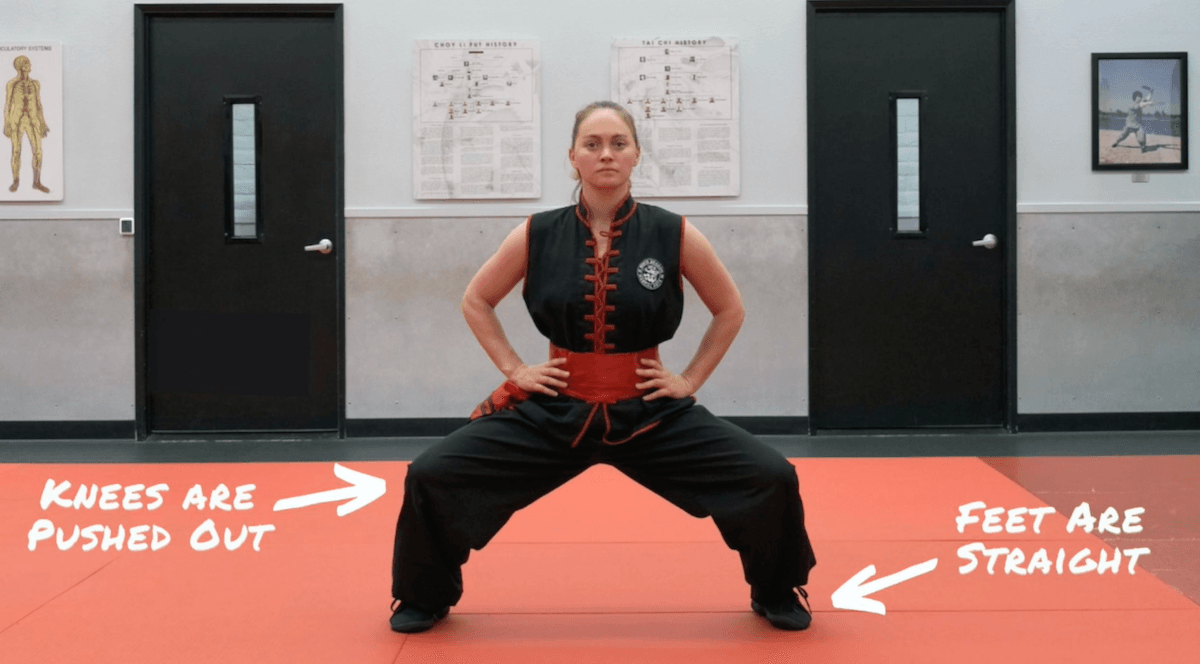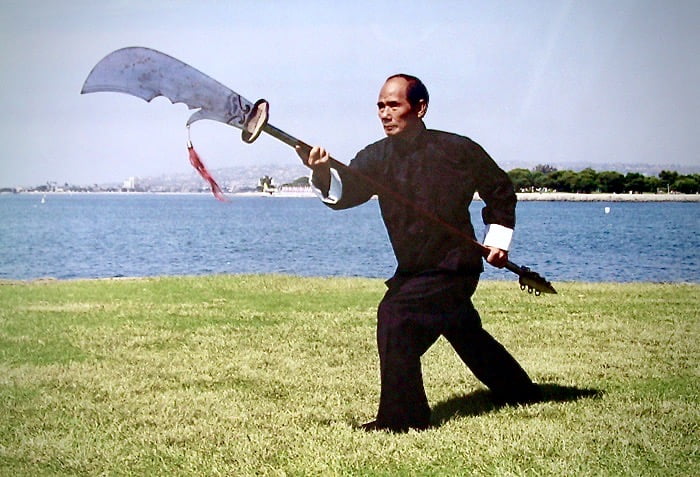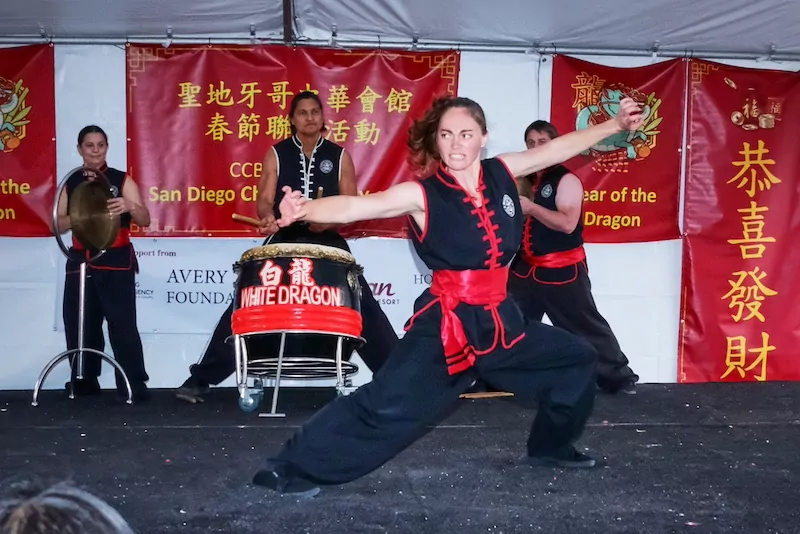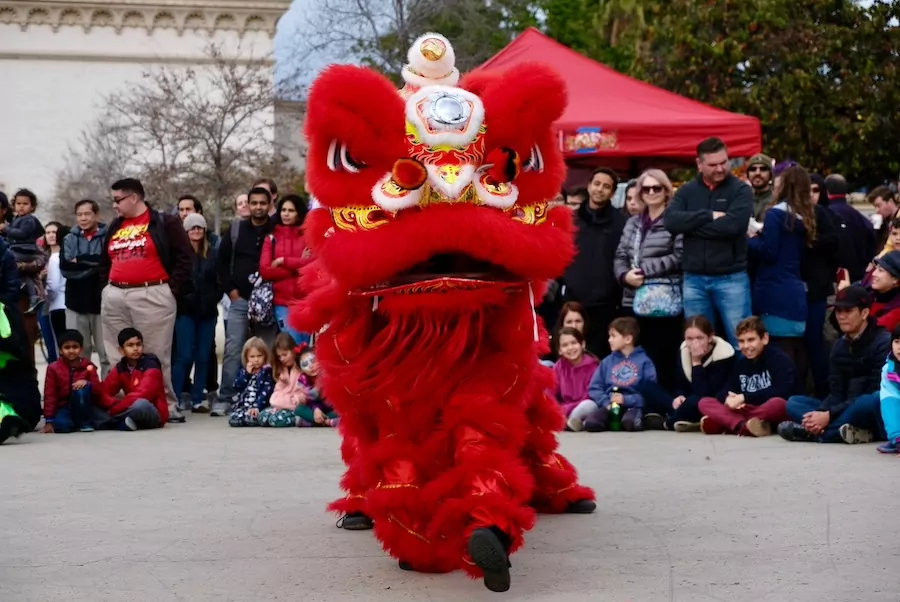The White Dragon School Blog

Horse Sense
Horse stance training is important in kung fu, especially when it comes to the Southern systems of Shaolin. Most of the “old-timers” talk about how hard they trained a generation ago. It sounds as though you could only find people working hard in the “old days.” Many say kung fu practitioners are not as good as those of long ago. Can this really be true?
When I was a beginner student at the San Francisco Hung Sing School under late grandmaster Lau Bun, I began with horse stance training for about six weeks, because I had a previous kung fu background. However, I heard other students discussing how in generations past, everybody trained the horse stance at least for six months. I believed this for a long time, because I had not seen the previous students training and practicing. But all the students who began their training at the same time as I did (and even afterward) had trained the horse stance for shorter than six months. However, some were made to train the horse stance for six months or longer because they did not attend classes regularly.
I later interviewed some of my elder sihings (senior classmates) privately. These people were older than me and had trained at least five-to-10 years before me. I discovered they had not trained the horse stance for six months, either, and that their older classmates had told them the same tale about how the training was harder in the “old days.” And so it was clear that only the talk was handed down from the good “old days.” Of course, some of the hardworking and serious students took a good amount of time to learn and train their horse stances correctly, but that was only one among hundreds.
The Choy Li Fut kung fu horse stance form is called the ng lun ma (five-wheel stances). It’s called five-wheel because “wheel” or “lun” in Cantonese means “one round,” similar to the next round, the next turn, or taking turns. Since Choy Li Fut kung fu only holds each stance for a few seconds, it takes up to two hours to complete the entire horse stance form. Most schools only have their students hold each posture for one second.
While frequently visiting China for the past three years, I came across many Choy Li Fut schools that no longer teach the traditional Choy Li Fut horse stance forms. Some schools just pick out a few of the main stances to work with their students. Some instructors made their students practice the horse while sitting for long periods of time similar to what other Southern Shaolin kung fu systems do, but those instructors had few students studying with them. Again, those instructors told students that in the “old days” they had to hold the horse stance standing position for an extended period of time before they could learn any kung fu forms.
Is it important to hold the horse stance position for a long time? I say “no.” There are three reasons why sifu of yesterday had their students hold the horse stance for long periods of time: to test whether the students had the patience for learning kung fu; the instructor didn’t have enough teaching material to hold the students’ attention; and to test the students’ sincerity and morality before he handed down the arts to him.
I believe that only holding one stance position for a long period is wasting time. You must practice the stances to build up the leg muscles, and at the same time, you can also learn other fighting techniques. When the practitioner only practices horse stance, only the horse stance has power. Once he moves to a different stance, the muscles are not the same. He can lose his balance, and the opponent can attack him at that moment. Therefore, it is important to practice the stances, but not necessary to hold one stance for too long of a time.
Finally, if you take a look at the best fighters in the world, there’s really no proof that holding a horse stance every day for more than six months made them champions. While their legs may have been stronger, their library of techniques was empty. Which would you prefer in a street fight?
Training for Life by Doc Fai Wong, Inside Kung Fu Magazine September 2008



















2 Comments
It’s a privilege to be able to read articles from Grandmaster Doc Fai Wong- always dropping some great Kung Fu wisdom. Thank you for sharing with all of us, Tai Sifu!
I’ve been doing martial arts for a while now and I am happy to see our White Dragon Martial Arts do an article on one of the core parts of Kung Fu training.